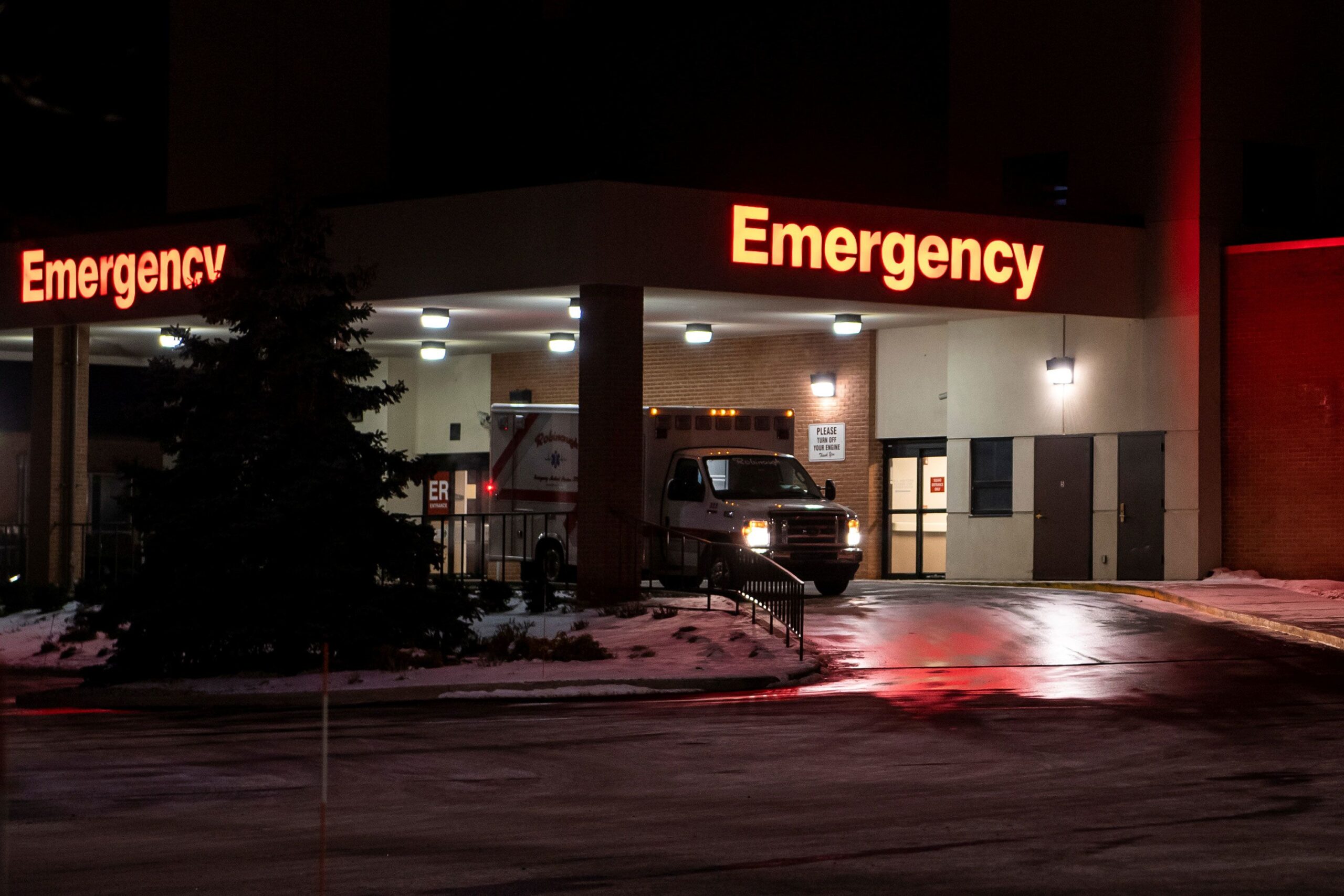
(CNN) — More than 1 million people in the US visited an emergency department for injuries related to assault in 2020. But according to a new report from the National Center for Health Statistics, rates of those visits vary by factors such as age and race.
The study, published Thursday, used data from the National Hospital Ambulatory Medical Care Survey to track emergency department visits related to assault – excluding sexual assault – between 2019 and 2021. Rates of emergency visits for assault were found to be highest in young adults, among Black people, in metropolitan areas and among people who used state-based insurance programs like Medicaid.
“There was a lack of research that describe the demographics of people who were visiting the emergency departments for assault,” said Danielle Davis, a health statistician at NCHS and a study author. “So we found this gap in the research and tried to fill it.”
Overall, 4.5 out of every 1,000 people each year in the US visited emergency departments for injuries related to assault between 2019 and 2021.
According to the National Center for Injury Prevention and Control, part of the US Centers for Disease Control and Prevention, there were nearly 23 million emergency department visits for nonfatal injuries in 2020. About 6% of them were linked to cases of non-sexual assault.
The study found that men and women visited emergency departments for assault at similar rates in 2019-21, a finding that took Davis by surprise.
“I kind of expected there to be more [ED visits for assault] among males,” said Davis. “Or even more among females, but in reality, they’re pretty similar.”
But rates varied widely by age. They were highest for adults between the ages of 18 and 24: 9.2 visits per 1,000 people each year, more than twice the rate of the general population. Adults between 25 and 44 had the second highest rates, at 7.7 visits per 1,000 people annually. ED visit rates for assault decreased with age.
When broken down by race and ethnicity, ED visit rates for assault were highest for Black people, with 13.8 visits per 1,000 people every year. Rates among Hispanic people were the second highest, at 4.6 visits, followed by White people, at 3.1 visits.
Among people who sought care in an emergency department, the rate of assault-related injuries was highest for those primarily covered by state-run health insurance programs like Medicaid and the Children’s Health Insurance Program, followed by those who arrived without insurance coverage.
Rates of visits were similar across the US, with slightly more frequent assault-related visits in the Midwest. However, the study found urban areas to have over twice the rate of assault-related ED visits as in rural areas and smaller cities.
For Davis, the results could help focus assault prevention efforts on the groups with the greatest risk.
“I think our takeaway is probably to focus more of our prevention efforts in these age ranges and also in certain racial and ethnic groups,” Davis said. “Now that we know where the highest rates are, I think it would be great for policymakers to use [the data] to guide the next policies or programs to help prevent assaults.”


